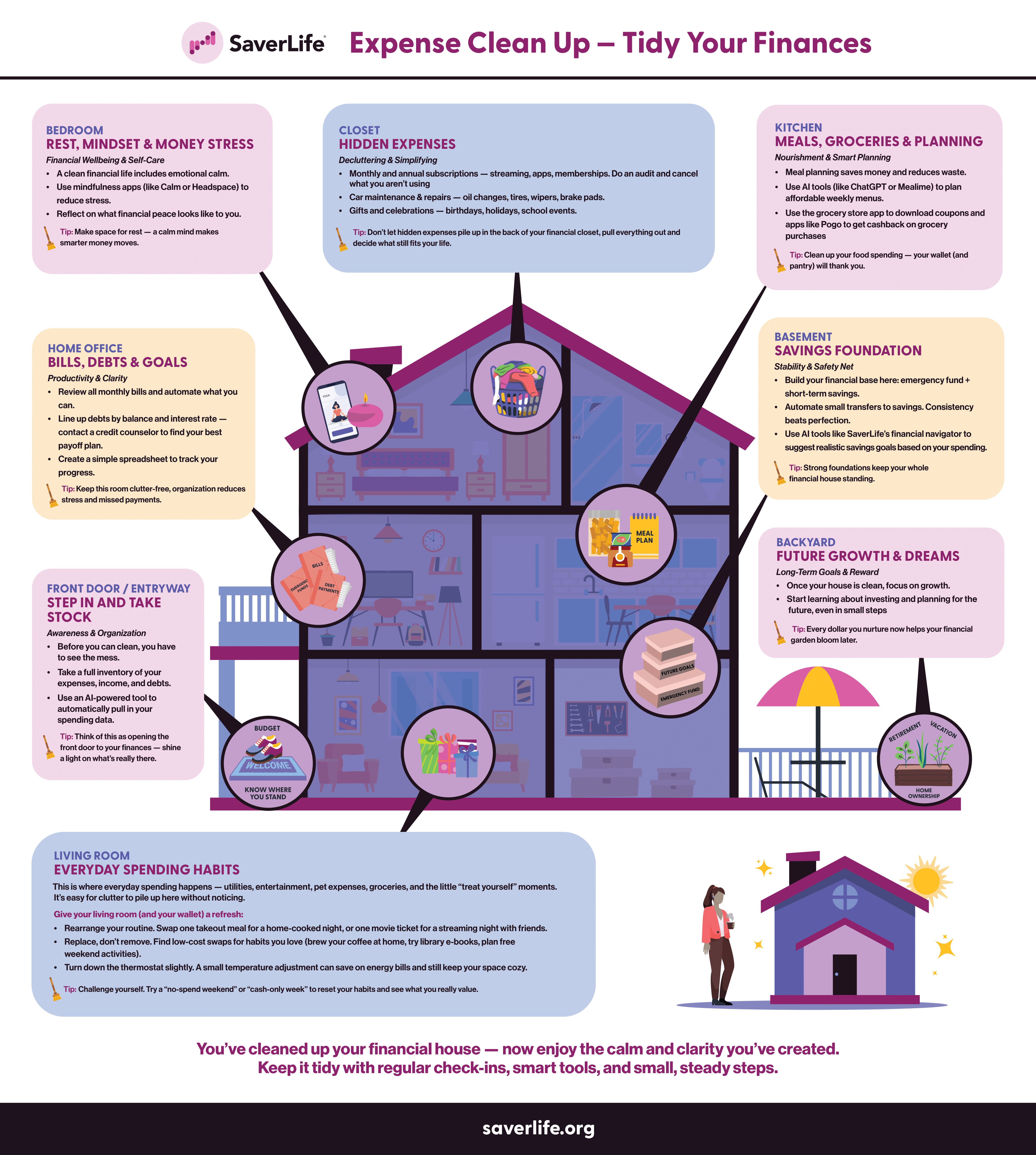
Many of our 2021 tax-focused articles focus on changed to the Child Tax Credit And rightfully so because they are big changes that helped families across the nation. But the changes for the Child and Dependent Care Tax Credit are incredibly helpful as well, so let’s take a closer look.
About the Child and Dependent Care Tax Credit (CDCTC)
The CDCTC applies for a child under 13 or a disabled dependent.
You, or your spouse if filing Married Filing Jointly, have to be working, looking for work, attending school, or disabled when you spend money on childcare.
You either report a care provider’s Employer Identification Number (EIN) or Social Security Number (SSN) to claim this credit.
You can’t use care expenses paid for or reimbursed by someone else, like an employer, for the credit, including expenses paid through a Flexible Spending Account (FSA).
There are additional requirements and restrictions on claiming this credit, as well as clarification regarding what types of care are qualified for the credit. That information can be found in Publication 503.
Changes for the Child and Dependent Care Tax Credit
- Qualified expenses:
- In tax year 2020, the amount of qualified expenses that could be used to calculate the credit was up to $3,000 for one qualified child/dependent, or up to $6,000 for multiple children/dependents.
- For 2021, this increases to $8,000 for one and $16,000 for multiple dependents.
- Credit Amount:
- In tax year 2020, the amount of qualified expenses that become the credit amount varies between 35% and 20% depending on adjusted gross income (AGI), and there is no phase-out based on income.
- For 2021, the amount of the credit varies from 50% to 0% of the qualified expenses. For most people, the percentage will be the same or higher. But at $400,000 AGI the percentage starts to drop below 20% and eventually reaches zero as income goes up. In 2021 you may claim:
- 50% of expenses if your AGI is below $125,000
- 50%-20%, if your AGI is $125,000-$183,000
- 20%, if your AGI is $183,000-$400,000
- 20%-0%, if your AGI is $400,000-$438,000
- 0%, if your AGI is $438,000 or more
- Refundable Status:
- In tax year 2020, this credit is non-refundable.
- For 2021, this credit is refundable. This means that if your tax liability drops to zero for the year and you still have excess credit, you will receive the excess credit with your tax refund. Although there is a special residency requirement for the refundable portion. You must have lived in one of the 50 states or the District of Columbia for more than half of the year.
To really see the scope of this change, let’s take a look at an example.
We’ll assume your Adjusted Gross Income for both 2020 and 2021 was $45,000. We’ll assume you paid $8,000 in qualifying child care expenses for an 8-year-old child each year.
For 2020 that would result in a $600 credit. But for 2021 that would result in a $4,000 credit!
Combined with the 2021 child tax credit changes this credit can really help families better their finances. Consider smart moves for any tax refunds.
You can find more details about claiming the child and dependent care credit at irs.gov. One tool you can use to help you determine if you are eligible to claim the child and dependent care credit is the Interactive Tax Assistant.


